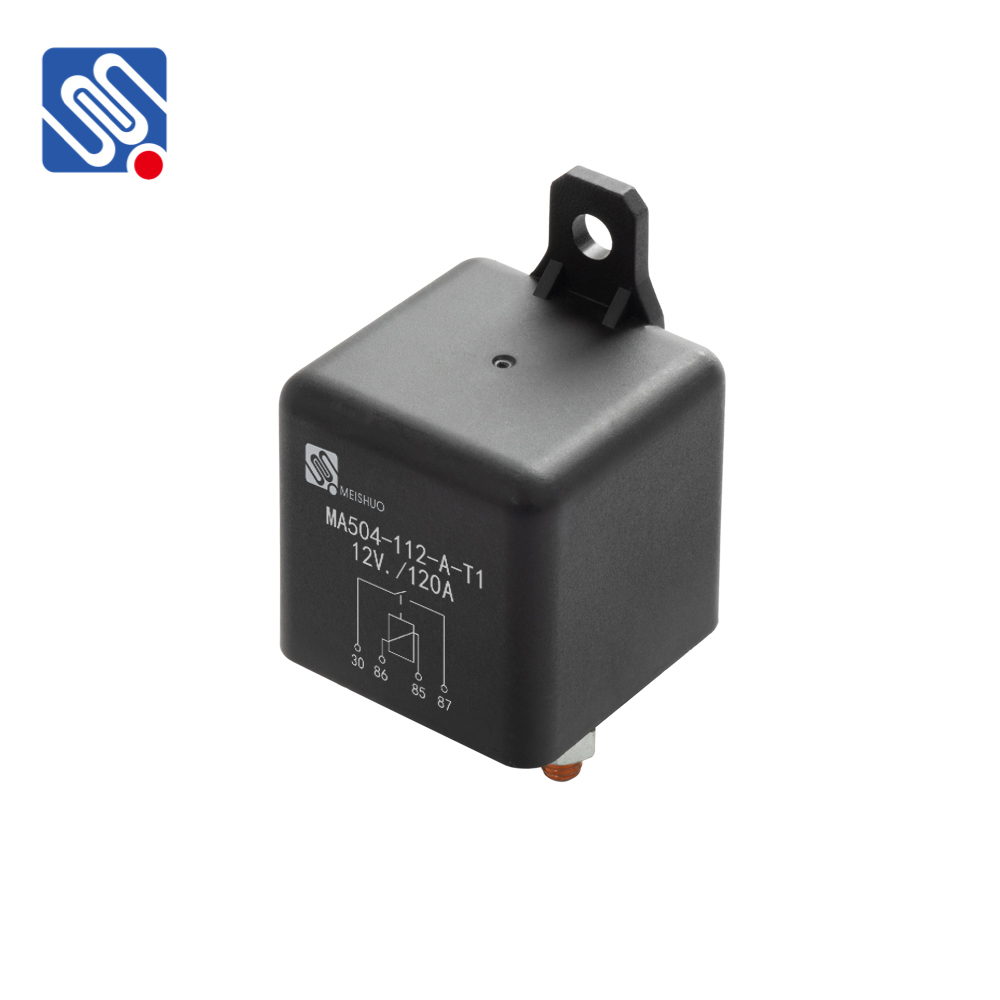Relay isolation is an essential concept in modern electrical engineering, offering protection and enhancing the efficiency of electrical circuits. It refers to the practice of using a relay to electrically isolate different sections of a system, ensuring that control and power circuits are kept separate. This isolation prevents potential damage from high voltage or current surges, making relay isolation a crucial feature in a wide range of applications.

What is Relay Isolation? At its core, relay isolation is the use of a relay as a means to electrically separate a control circuit from a power circuit. A relay, an electromechanical or solid-state device, can control the flow of electricity in a circuit, but the key advantage is its ability to provide electrical isolation between the control side (low voltage) and the output side (potentially high voltage or high current). This separation is vital for the protection of sensitive components and systems that could otherwise be damaged by electrical surges or faults in the circuit. How Does Relay Isolation Work?